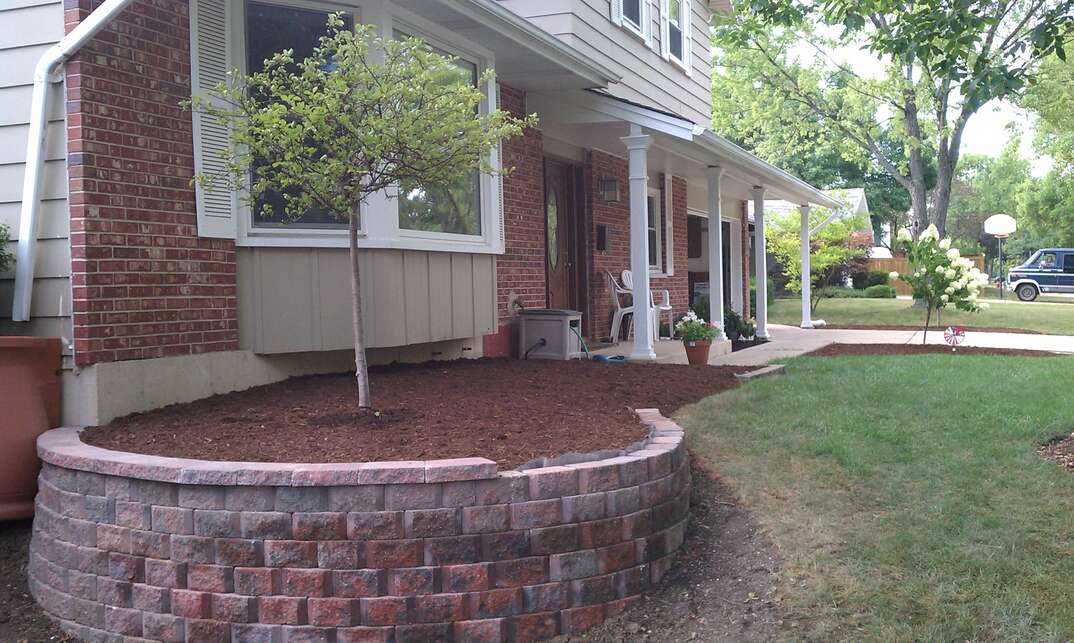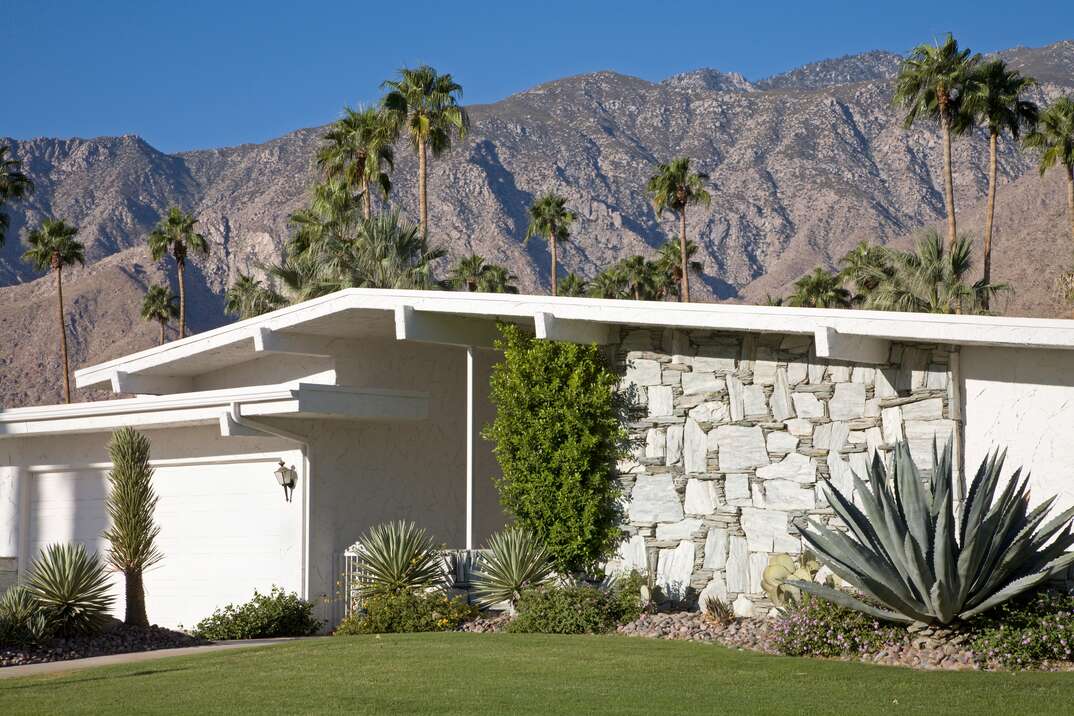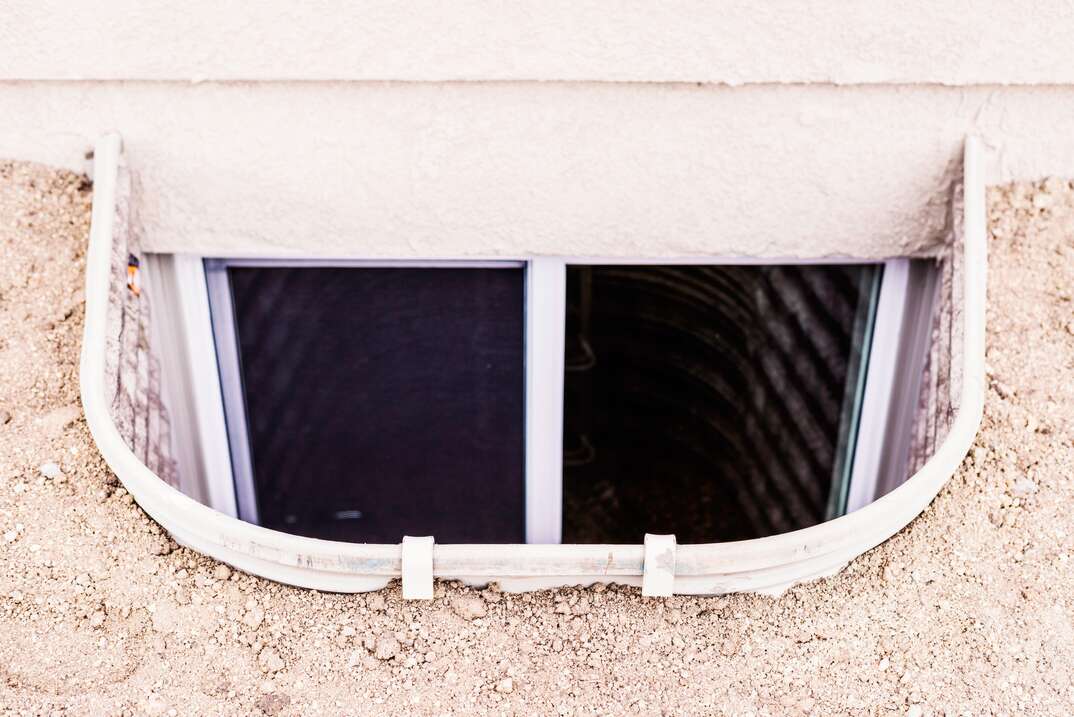How Much Does It Cost to Install a Retaining Wall?

Retaining walls are a force against gravity. They support soil laterally, keeping it at two different levels on either side of the wall. Retaining walls also keep soil in place on a slope to prevent erosion.
This May Also Interest You: How to Build a Retaining Wall Good for Showin’ and Erosion
Retaining walls can be part of construction work for directing drainage away from a building, or they might be used in a garden to create usable beds of soil for planting. They are also commonly found on the sides of roads or driveways to keep the path clear and dry. But how much does a retaining wall cost? Let's dive in and find out.
How Much Does a Retaining Wall Cost on Average?
According to data from HomeGuide, the average cost to build a 50-foot retaining wall is between $4,000 and $10,000 (CAD 5,100 and CAD 12,800). Most homeowners spend between $20 and $50 (CAD 25 and CAD 65) per square foot, or between $40 and $300 (CAD 50 and CAD 390) per linear foot if the wall is up to 6 feet high. You may pay somewhat less if you decide to build your retaining wall yourself because you won’t have to pay labor costs.
Retaining Wall Costs: By Material
A major variable in the total cost of your retaining wall is the material you choose. Here's a look at the different materials you can use to build a retaining wall and how much they cost:
- Landscape blocks: $15 to $60 (CAD 20 to CAD 80) per square foot
- Cinderblock: $20 to $35 (CAD 25 to CAD 45) per square foot
- Concrete blocks: $15 to $35 (CAD 20 and CAD 45) per square foot
- Poured concrete: $20 to $45 (CAD 25 to CAD 60) per square foot
- Natural stone: $10 to $85 (CAD 13 to CAD 110) per square foot
- Wood: $10 to $40 (CAD 13 to CAD 50) per square foot
Labor Costs
How much you pay for labor can make a significant difference to your overall costs, and contractors generally charge between $40 and $80 (CAD 50 to CAD 100) per hour. However, the material and installation complexity can affect the cost of labor, and going rates vary significantly by area. Although landscape blocks are potentially the cheapest option per square foot, they often need to be laid by a professional to ensure the finished product doesn't look misaligned or awkward.
More Related Articles:
- How to Install a Paver Walkway: Follow the Steps
- How Much Does a Paver Walkway Cost?
- What Is Xeriscape Landscaping?
- How to Do Your Own Xeriscaping: 7 Principles to Follow
- Ready? Set. Here’s How to Prepare and Use Ready-Mix Concrete
What’s the Easiest Retaining Wall to Build?
If you're seeking the easiest method for a DIY retaining wall, consider opting for a cinder block model. Stacking the concrete blocks 3 feet high creates a sturdy, affordable way to build a lasting retaining wall on your property. Another easy option is to use landscaping timbers and build your retaining wall in 3-foot by 4-foot sections. This option doesn't have the same longevity as masonry blocks, but in a pinch, it's a quick solution.
Does a Retaining Wall Boost Home Value?
A retaining wall is a significant asset to your property. In addition to improving the layout of your terrain and preventing drainage issues, it can also boost the value of your home. A retaining wall enhances the aesthetic of your property while simultaneously serving a useful function.
To maximize the financial benefits of building a retaining wall, choose building materials that are both sturdy and visually appealing. Stone veneer is a beautiful modern option, as is a brick retaining wall. Take time to landscape the area around the retaining wall after completion to create a polished look.
How Long Do Retaining Walls Last?
The lifespan of your retaining wall depends on the quality of the build. If you've invested in durable materials and properly waterproofed the structure, a retaining wall can last 20 years or more. Timber can last for 40 years, and there's no limit on how long cinder blocks or concrete walls can last when they're built well.
If you're not an experienced builder or landscaper yourself, the best way to ensure longevity is to work with a contractor. They can advise on where water is most likely to pool so you get the most out of your retaining wall.
All CAD conversions are based on the exchange rate on the date of publication.

.jpg)
